When entering the wet puszta, the bird densities and all-over presence of marsh species becomes even more striking. In particular when compared to Western Europe, the abundance of many good indicator species of wetlands is just mindblowing.
![]()
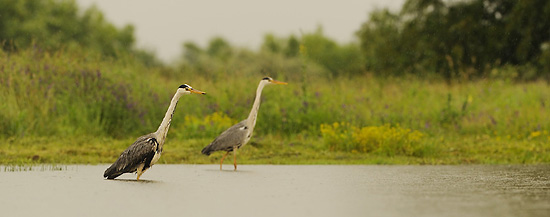
Everywhere in the wet puszta the tree species of Marsh Terns are hunting above small shallow ponds, ditches, and sedge and rush vegetations, and often in small groups of several tens of individuals. All heron species and Geese are regularly flying over. White Storks are foraging in the wet meadows and some birds of prey, such as the Marsh Harrier are so numerous that everywhere you stop and look around for a minute you’ll notice a few of them hunting above the grasslands and reedlands.
Under here some images of Black Tern, Whiskered Tern and White-winged Tern, followed by a hunting Marsh Harrier, a typical sight for the wet puszta.
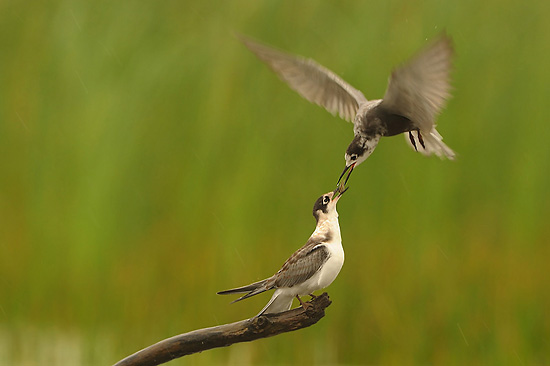
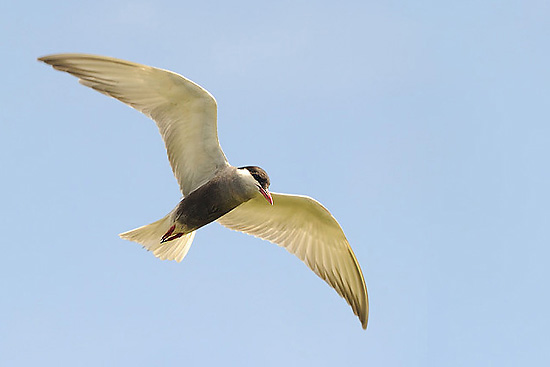
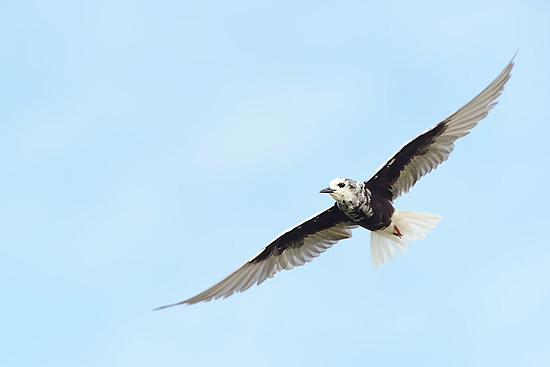
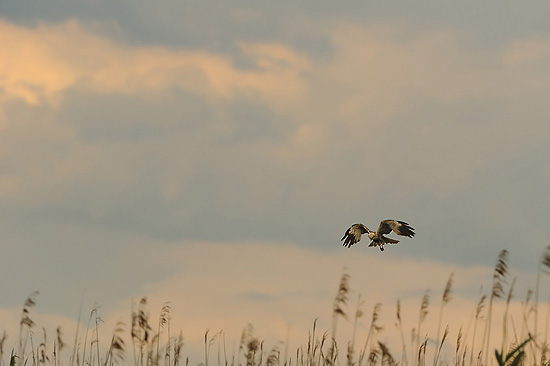
The larger shallow ponds in the vast open areas are almost constantly visited by Grey Heron and Great Egret, which are the most abundant heron species, but most of them are also daily visited by Night Herons, White Storks, Eurasian Spoonbills, and if one is lucky by Black Storks.
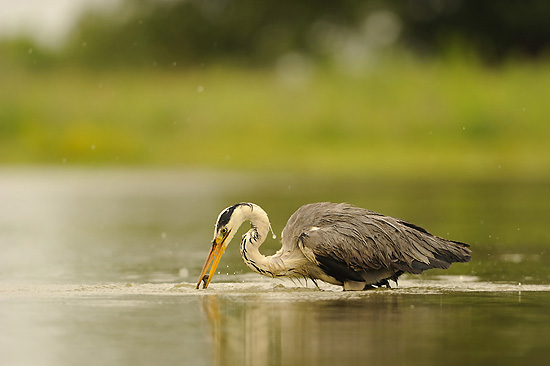
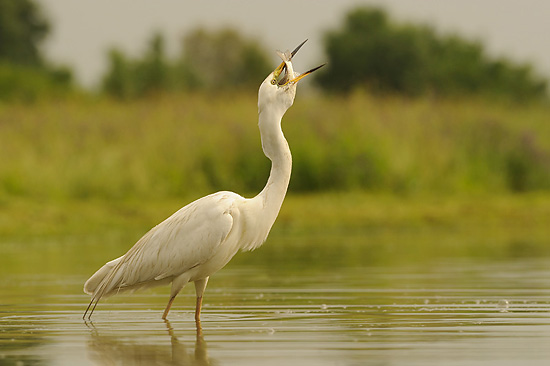

![]()
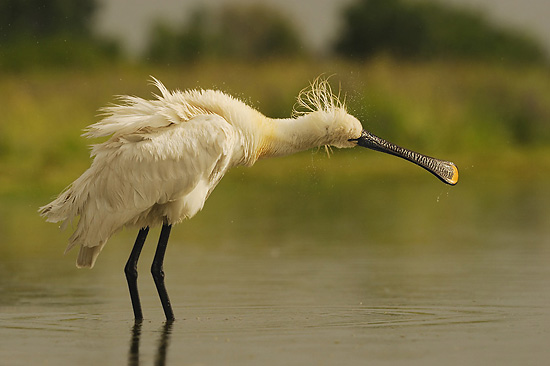
![]()
Seeing almost all these species at the same time foraging together in one pond is even a possible when you are lucky.
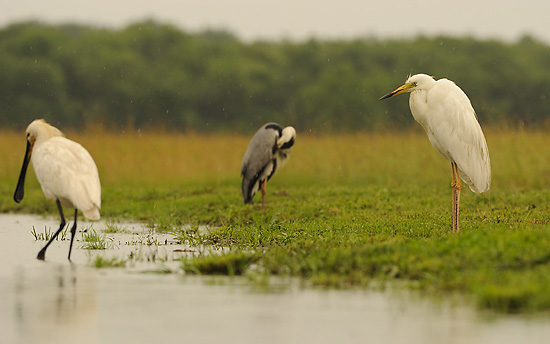
A highlight was a Black Stork which came so close to our hide during the pouring rain that I was able to make a head portrait, showing very well the beautiful iridescent metallic-bronze colours.
![]()
